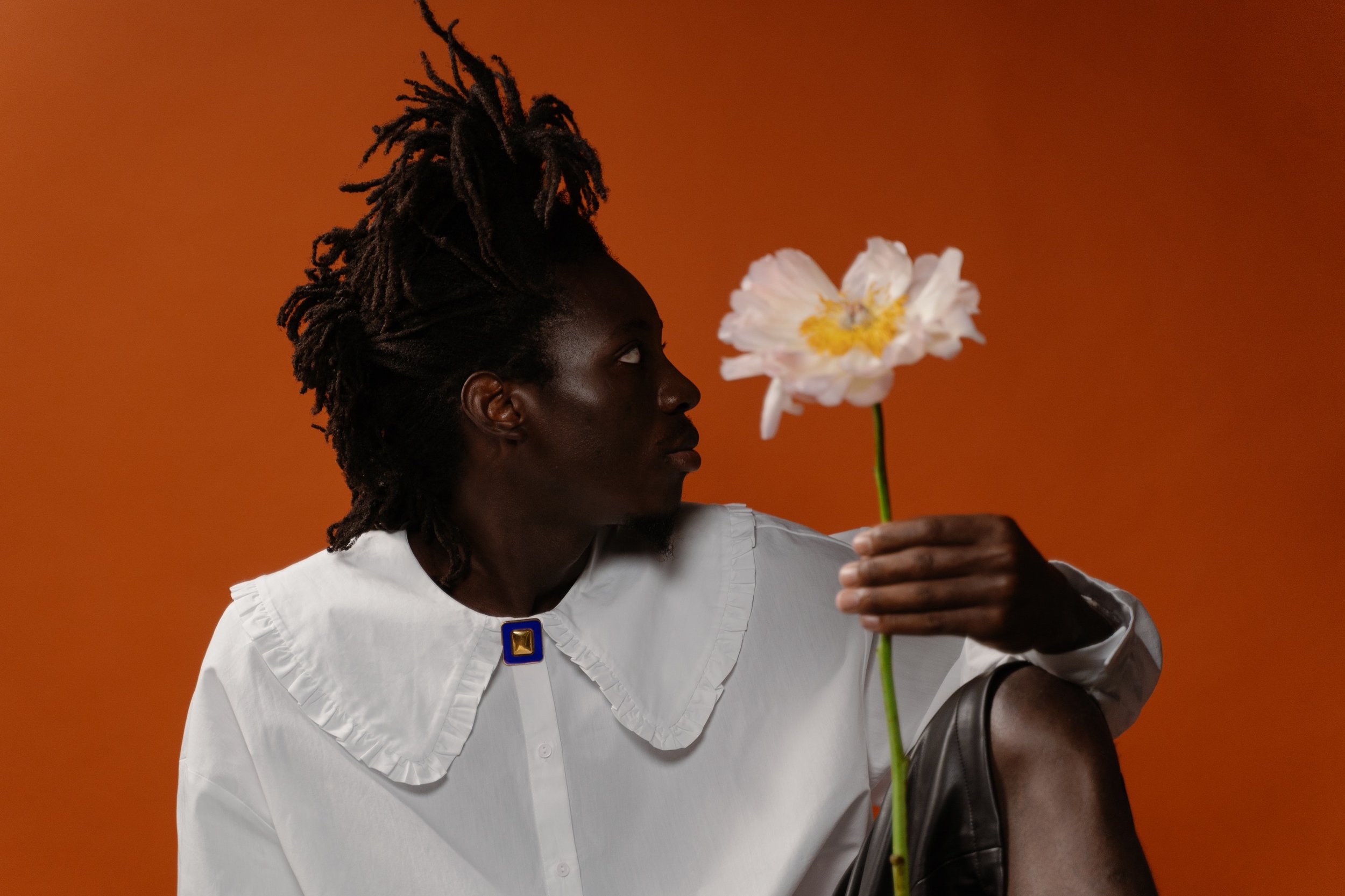What You Need to Know about NAD+, Anti-ageing, and Aesthetics
You might have recently started to hear growing buzz in the aesthetics world about NAD+. Anyone who has a background in biology will be very familiar with this little molecule, where it works as an essential co-enzyme in metabolic processes. It’s being touted as a new fountain of youth, from brightening tired skin to enhancing cellular function.
But what exactly does all of this mean?
What is NAD?
The Science
NAD stands for nicotinamide adenine dinucleotide. This metabolic powerhouse is a key player in redox reactions, which are chemical reactions that involve the exchange of electrons. NAD+ acts as an oxidising agent, accepting electrons from other molecules and getting reduced to NADH. When combined with H+, it can then happily donate electrons. Basically, NAD's primary job is to facilitate electron transfer, making it an essential cog in the metabolic machinery. It can also act as a cell-signaler for certain importance processes, including DNA repair, as well as a substrate in many pathways that modify the ageing process.
In the most basic terms, NAD is essential for energy production in the cell and overall cellular health.
How Does it Work?
However, what does this mean in the context of aesthetic medicine?
The overall goal of NAD+ supplementation is to try and slow down cellular ageing. NAD+ levels decline as we age, and without NAD+ studies have reported increased cellular damage and inflammation.
The goal of NAD supplementation is to increase NAD back to levels seen at younger ages.
There are multiple claimed benefits of increasing NAD levels back up again, including:
Improved cellular energy levels
Stimulate DNA repair
Reduce inflammation
Stimulate collagen via cellular repair
This then is supposed to lead to:
Restored muscle function
Improved cognitive function
Improved skin health
Improved sleep
Improved insulin sensitivity
Improved cardiovascular function
What is the Evidence?
I have always been extremely cautious and skeptical of supplements due to the lack of evidence around them, as well as the fact that many marketing companies will try to make drug-like claims about their efficacy, which I’ve covered previously. We need to acknowledge that there is a real lack of robust evidence in the supplement field.
Currently, much of the supporting evidence we have for NAD+ is in mice and other animal models, with early human clinical trials currently being conducted and developed.
The evidence is still in its infancy, whoever the body of evidence is growing and causing genuine excitement amongst aesthetic clinicians.
Check out our summary slides below:
References
Conlon NJ. The Role of NAD+ in Regenerative Medicine. Plast Reconstr Surg. 2022 Oct 1;150(4 Suppl ):41S-48S. doi: 10.1097/PRS.0000000000009673. Epub 2021 Sep 28. PMID: 36170435; PMCID: PMC9512238.












Exosomes and other regenerative medical techniques are all the rage in aesthetics at the moment. But there are so many different types of exosomes out there, and it can be difficult to know which ones are best! While there is a lot of positive early data on quite a few different options, a new contender has entered the scene: bovine milk-derived exosomes.
Yes - that’s right - milk exosomes!
But can milk really offer a genuine solution for anti-ageing?
Let’s dive in.